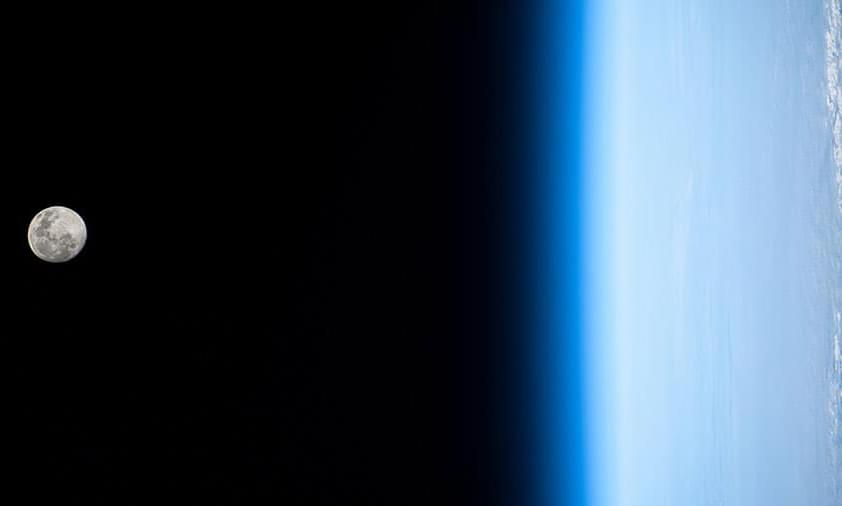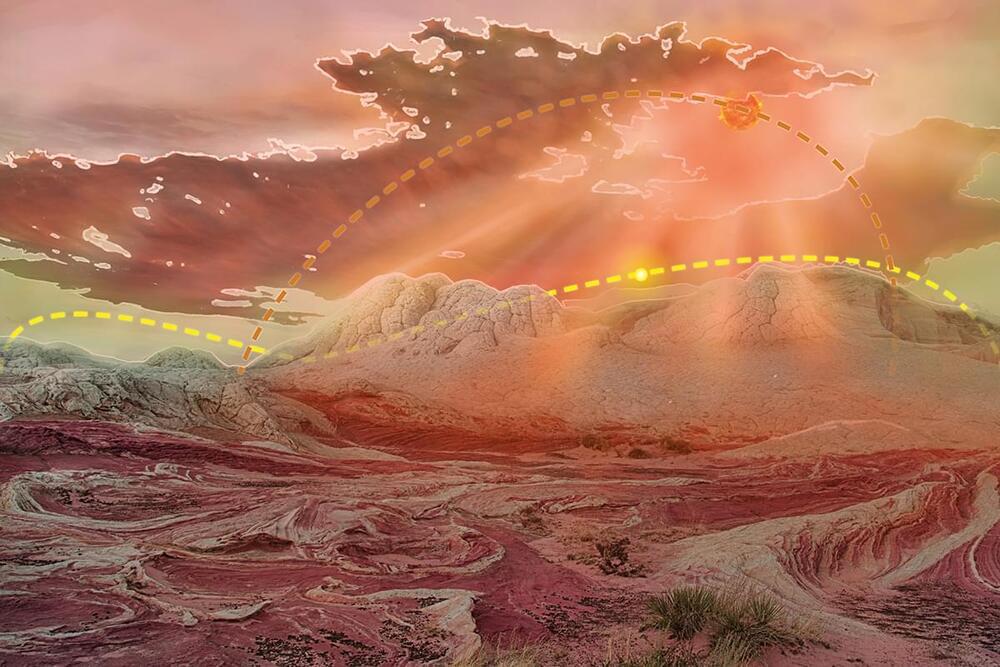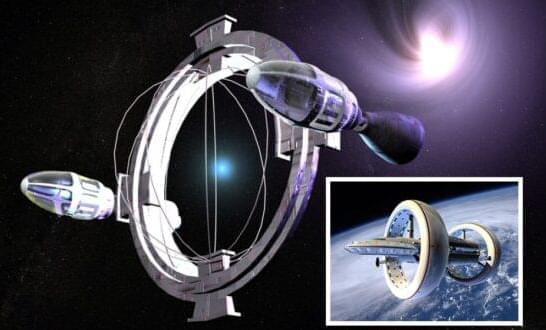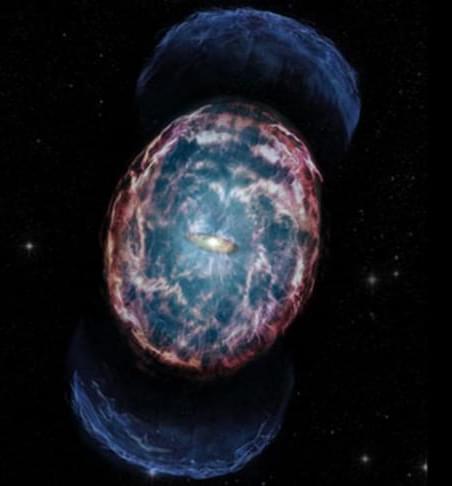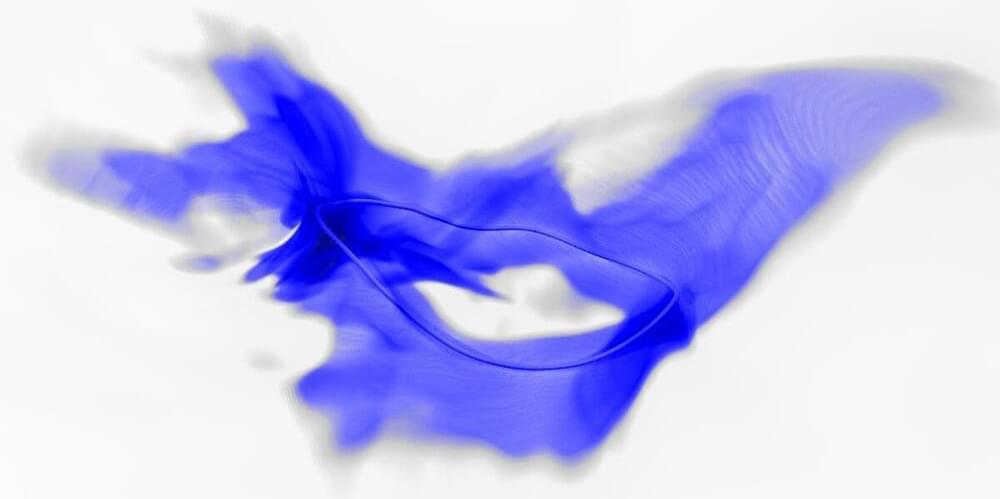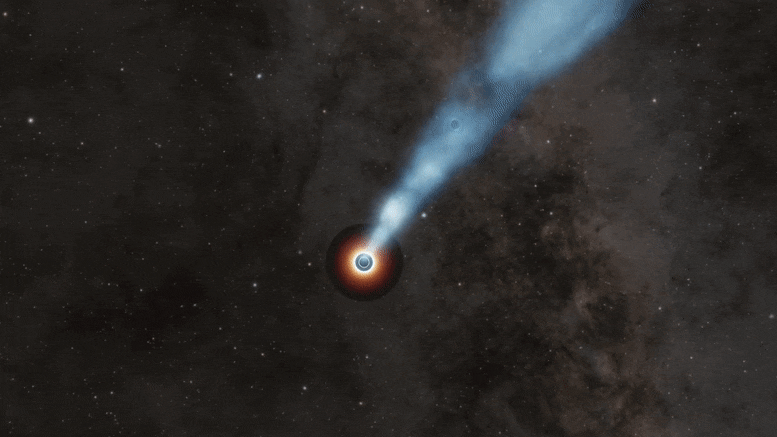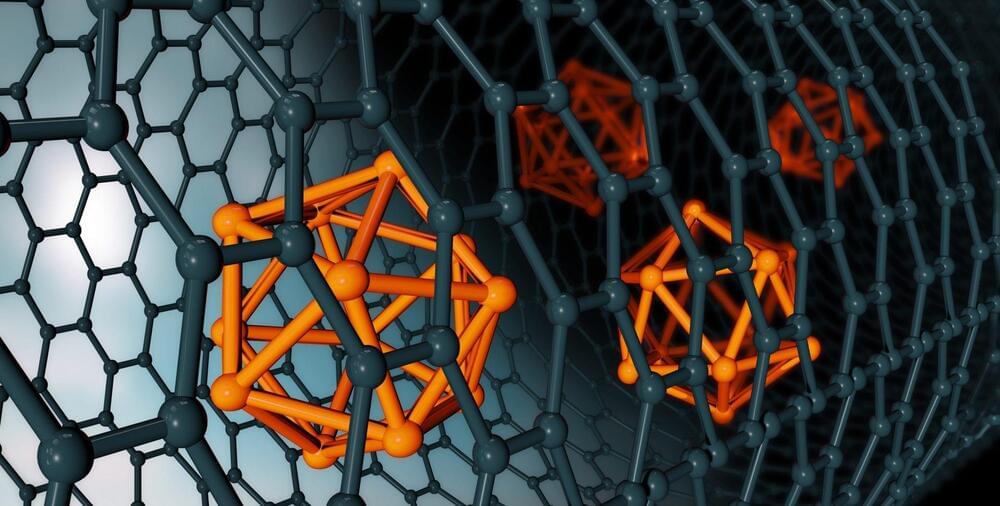Two NASA astronauts are assembling gear today they will install on the International Space Station during an upcoming spacewalk. The rest of the Expedition 66 crew focused on life science, space physics gear, and orbital maintenance.
NASA Flight Engineers Raja Chari and Kayla Barron began assembling modification kits today to ready the station’s truss structure for new roll-out solar arrays during the first spacewalk. The roll-out solar arrays will be delivered on an upcoming SpaceX Cargo Dragon mission and installed at a later date. The duo will set their U.S. spacesuits to battery power at 7:50 a.m. on March 15, signifying the beginning of their planned six-and-a-half-hour spacewalk. The second spacewalk on March 23 will see more roll-out solar array preparations by two yet to be named astronauts.
Roll-out solar array technology will not only augment the space station’s existing solar arrays and power system, they will also be used to power the Lunar Gateway. Gateway is a space station developed by NASA, the Canadian Space Agency, ESA (European Space Agency), and the Japan Aerospace Exploration Agency that will orbit the Moon and will serve as a hub for crew visiting the lunar surface and beyond. Gateway will enable new scientific investigations in the cis-lunar environment during crewed and uncrewed periods.
